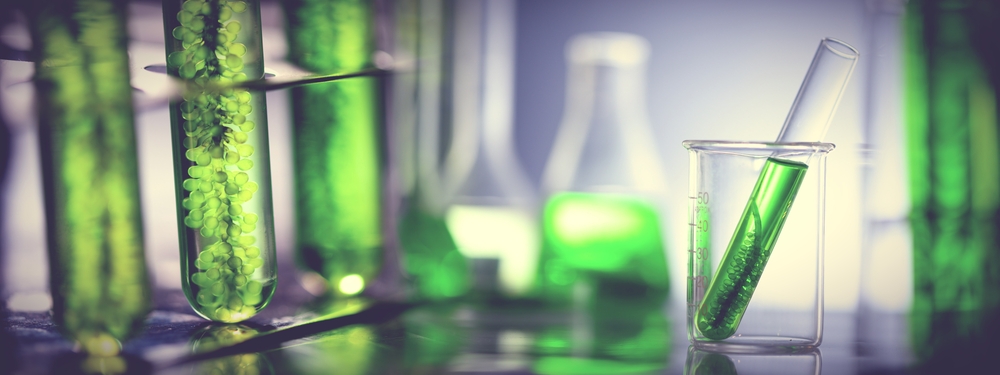
The Institute of Nuclear Physics of the Polish Academy of Sciences (IFJ PAN) has discovered an efficient and inexpensive catalytic process for the creation of ethanol fuel cells. Ethanol fuel cells are regarded as a promising source of green electricity, but, to date, expensive platinum catalysts are used in their production.
“A considerable obstacle to the commercial success of ethanol cells is also their price. The catalyst we have found can have a significant impact on its reduction and, consequently, on the availability of new cells on the consumer market. This is because its main component is not platinum, but copper, which is almost 250 times cheaper than platinum,” said Dr. Mohammad Shakeri of IFJ PAN, and first author of the paper.
The researchers have been working on the laser melting of suspensions of nanoparticles, causing the particles to begin to melt and stick together permanently – forming agglomerates – while also rapidly undergoing complex chemical reactions. One of the materials recently tested in this way was seen to have an unexpectedly high efficiency in catalyzing ethanol.
“Depending on the temperature reached by the agglomerates, various chemical reactions may take place in the material in addition to changes of a purely structural nature. In our research, we focused on the most accurate theoretical and experimental analysis of the physical and chemical phenomena in suspensions in which pulses of laser light were absorbed by nanoparticles of copper and its oxides,” explained Dr. Zaneta Swiatkowska-Warkocka (IFJ PAN).
With this information, the researchers were able to identify the optimum catalyst – a three-component system built from appropriate proportions of copper and its oxides of the first and second oxidation state (i.e. Cu2O and CuO).
“From the point of view of efficiency of ethanol catalysis, the crucial discovery was that particles of copper oxide Cu2O3, which is usually thermodynamically very unstable, were present in our material. On one hand, they are characterized by an extremely high degree of oxidation, on the other hand, we found them mainly on the surface of the Cu2O particles, which in practice means that they had very good contact with the solution. It is these Cu2O3 particles that facilitate the adsorption of the alcohol molecules and the breaking of the carbon-hydrogen bonds in them,” stated Shakeri.
